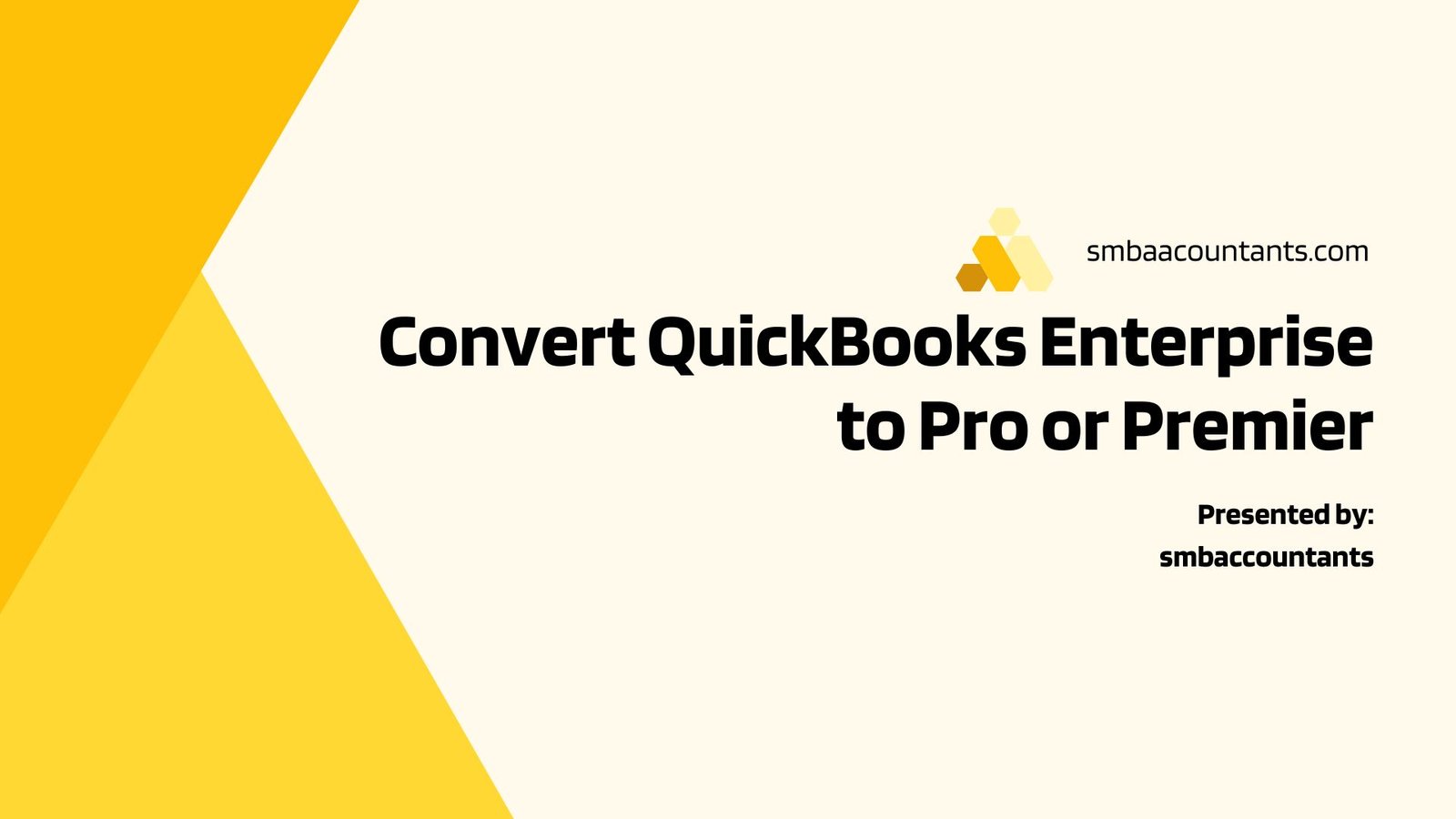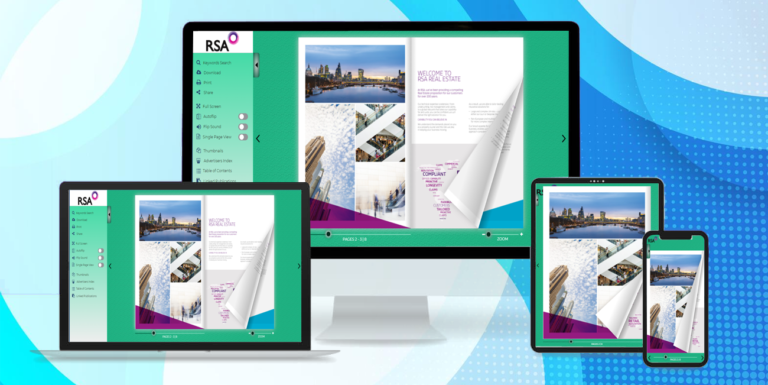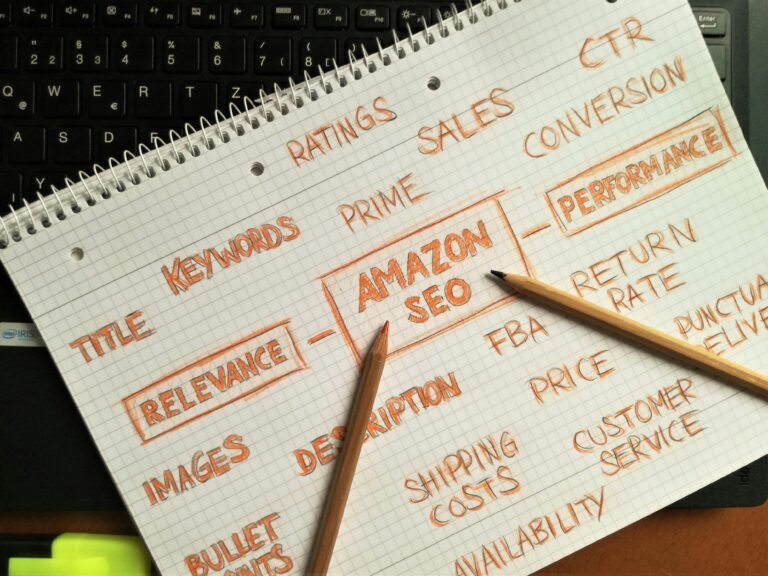Convert QuickBooks Enterprise to Pro or Premier Made Easy
QuickBooks is a popular accounting software used by businesses of all sizes. It offers a range of products tailored to suit different needs and budgets. Among its most widely used versions are QuickBooks Enterprise, Pro, and Premier. In this section, we will introduce you to these three products and help you to Convert QuickBooks Enterprise to Pro or Premier.
Differences between QuickBooks Enterprise vs Pro vs Premier:
The primary difference between these three products lies in their scalability and feature offerings. While all three versions allow users to manage income & expenses effectively through various features like invoicing & bill payments; there are some notable differences:
- Scalability: As mentioned earlier Enterprise can handle more data than both Pro & Premier making it the go-to option for larger enterprises.
- Multi-User Access: Unlike Pro & Premier which allow only a maximum of 3 users, Enterprise allows for up to 30 users.
- Industry-specific features: QuickBooks Premier offers industry-specific features that are not available in Pro or Enterprise versions.
- Pricing: QuickBooks Enterprise is the most expensive option among these three products, followed by Premier and then Pro.
Things to consider before converting
Before making the switch from QuickBooks Enterprise to Pro or Premier, there are a few important things to consider. While Pro and Premier offer similar features as Enterprise, there are also some differences that you should be aware of before converting.
Here are some key factors to keep in mind:
- Assess your business needs: The first step is to evaluate your current business needs and determine if Pro or Premier will meet those needs. QuickBooks Enterprise is designed for larger businesses with more complex accounting requirements, so if you have been using it for a while, make sure that switching to Pro or Premier won’t limit your capabilities.
- Consider the cost implications: Another important consideration is the cost difference between QuickBooks Enterprise and Pro/Premier versions. QuickBooks Enterprise has a higher subscription fee compared to the other two versions, but it also offers more advanced features and can support a larger number of users. If your business does not require these extra features or user capacity, converting could result in significant cost savings.
- Check compatibility with add-ons: If you use any add-ons or third-party applications with QuickBooks Enterprise, it’s essential to ensure they are compatible with Pro or Premier before converting. Some add-ons may not work with the lower versions of QuickBooks, which could cause disruptions in your workflow.
- Prepare for data conversion: When switching from one version of QuickBooks to another, data conversion is necessary. However, this process can sometimes lead to errors or missing data if not done correctly. To avoid any potential issues during the conversion process, make sure all data in your current company file is clean and up-to-date.
- Familiarize yourself with new features: Depending on which version of QuickBooks Enterprise you currently use; there may be certain features that are unique only to that version and not available in Pro/Premier editions. Before converting, take some time to familiarize yourself with the new version’s features and functionalities, so you know what to expect.
- Plan for training: It’s essential to plan for adequate training before converting to Pro or Premier. While the basic functions of all QuickBooks versions are similar, there may be some differences in how certain tasks are performed. Make sure you and your team are comfortable using the new version before fully making the switch.
By considering these factors before converting from QuickBooks Enterprise to Pro or Premier, you can ensure a smooth transition that meets your business needs and minimizes any potential disruptions in your accounting processes.
Step-by-step guide for converting QuickBooks Enterprise to Pro or Premier
Step 1: Assess your needs and determine if a downgrade is necessary
The first step in converting QuickBooks Enterprise to Pro or Premier is to assess your needs and determine if a downgrade is necessary. QuickBooks Enterprise offers advanced features such as advanced inventory, advanced pricing, and more users than Pro or Premier. If you are currently using these features and rely on them for your business operations, it may not be wise to convert to Pro or Premier.
Step 2: Check compatibility between QuickBooks versions
Before starting the conversion process, it is important to check the compatibility between the current version of QuickBooks Enterprise and the version of Pro or Premier that you want to convert to. This can be done by referring to Intuit’s website for system requirements or by contacting customer support.
Step 3: Create a backup of your company file
It is crucial to create a backup of your company file before proceeding with the conversion process. This will ensure that all your data is safe in case something goes wrong during the conversion. To create a backup, go to File > Backup Company > Create Local Backup.
Step 4: Download and install QuickBooks Pro/Premier
If you do not already have QuickBooks Pro or Premier installed on your computer, you will need to download and install QuickBooks from Intuit’s website. Make sure you choose the correct version based on your license type (Pro vs Premier) and year.
Step 5: Open the backup copy in QuickBooks Pro/Premier
Once you have installed the appropriate version of QuickBooks, open it and go to File > Open/Restore Company. Choose “Restore a Backup Copy” and locate the backup file created in Step 3. Follow the prompts until the restore process is complete.
Step 6: Review converted data
After restoring the backup copy in QuickBooks Pro/Premier, review all data that has been converted from Enterprise. Pay close attention to any data that may have been lost or changed during the conversion process.
Step 7: Make necessary adjustments
After reviewing the converted data, make any necessary adjustments to ensure accuracy. This may include re-entering lost data or correcting any discrepancies.
Step 8: Update user access and permissions
If you have more users in QuickBooks Enterprise than Pro/Premier allows, you will need to update user access and permissions accordingly. Go to Company > Set Up Users and Passwords > Set Up Users to make these changes.
Step 9: Cancel your QuickBooks Enterprise subscription
Cancel your QuickBooks Enterprise subscription by contacting Intuit’s customer support. This will ensure that you are no longer charged for the Enterprise version and can continue using Pro/Premier without interruption.
Converting from QuickBooks Enterprise to Pro or Premier can be a smooth process if done correctly. It is important to assess your needs, check compatibility between versions, create backups, and review converted data before making the switch. With this step-by-step guide, you can successfully downgrade.
Also Read This: https://viraltechblogz.com/empower-your-online-presence-with-results-oriented-seo-services







